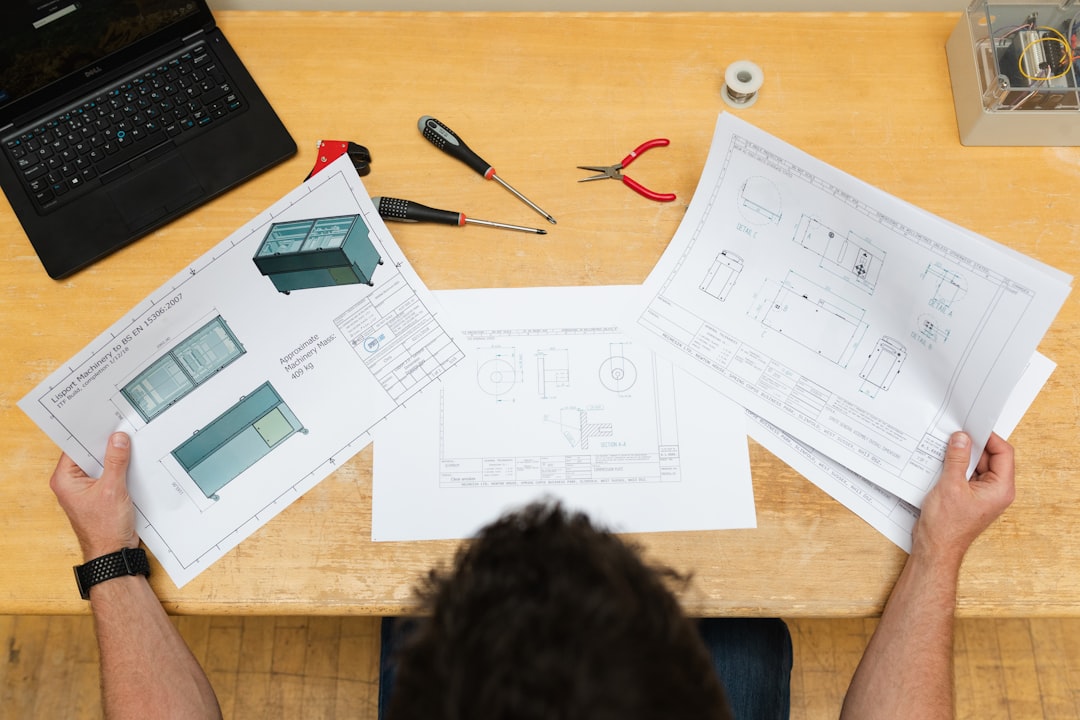Bridges are a vital component of our infrastructure, serving as critical conduits for transporting people, goods, and services across waterways, highways, and railways. However, due to constant wear and tear, as well as exposure to the elements, bridges require regular maintenance and repairs to ensure they remain safe and functional. Civil engineers play a key role in maintaining and repairing bridges, using a combination of knowledge, skills, and technology to ensure these structures remain strong and secure.
One of the primary responsibilities of civil engineers when it comes to maintaining and repairing bridges is conducting regular inspections. These inspections are critical for identifying any signs of deterioration or damage that could compromise the structural integrity of the bridge. Civil engineers use a variety of methods, including visual inspections, non-destructive testing, and structural analysis, to assess the condition of the bridge and determine the extent of any repairs that may be needed.
In addition to regular inspections, civil engineers also develop maintenance plans to address any issues identified during the inspection process. These plans typically involve a combination of preventive maintenance, such as cleaning and painting, as well as corrective maintenance, such as repairing cracks or replacing damaged components. By proactively addressing potential issues before they become major problems, civil engineers can help to extend the lifespan of the bridge and ensure its continued safe operation.
When it comes to repairing bridges, civil engineers employ a variety of specialized techniques and materials to address different types of damage. For example, for bridges that have developed cracks or delamination in the concrete, engineers may use techniques such as epoxy injection or carbon fiber reinforcement to repair the damage and strengthen the structure. For bridges with corroded steel components, engineers may use techniques such as cathodic protection or coating systems to prevent further corrosion and extend the life of the bridge.
In some cases, civil engineers may need to resort to more drastic measures, such as bridge rehabilitation or replacement, to address serious structural deficiencies. Rehabilitation involves strengthening or repairing the existing structure to extend its lifespan, while replacement involves completely replacing the bridge with a new structure. Both options require careful planning and execution to ensure the safety of the bridge and minimize disruption to traffic.
In addition to conducting inspections and repairs, civil engineers also play a key role in ensuring that bridges are designed and constructed to withstand the forces of nature and the demands of modern transportation. This involves considering factors such as traffic volume, environmental conditions, and seismic activity when designing new bridges or retrofitting existing structures. By using advanced modeling and analysis tools, civil engineers can ensure that bridges are built to last and meet the needs of the communities they serve.
In recent years, civil engineers have also started to incorporate new technologies into their maintenance and repair efforts. For example, drones are increasingly being used to conduct aerial inspections of bridges, providing engineers with a detailed view of the structure from above. This allows for more accurate assessments of the condition of the bridge and can help identify potential issues that may not be visible from the ground.
Another emerging technology that civil engineers are using to maintain and repair bridges is 3D printing. This technology allows engineers to create customized replacement parts for bridges quickly and cost-effectively, reducing downtime and minimizing disruption to traffic. By harnessing the power of technology, civil engineers are able to address maintenance and repair challenges more efficiently and effectively than ever before.
In conclusion, civil engineers play a critical role in maintaining and repairing bridges to ensure the safety and functionality of these vital structures. Through regular inspections, proactive maintenance, and advanced repair techniques, civil engineers are able to extend the lifespan of bridges and ensure they continue to serve their communities for years to come. By staying at the forefront of technology and innovation, civil engineers are able to meet the evolving challenges of bridge maintenance and repair, keeping our infrastructure strong and secure for generations to come.


